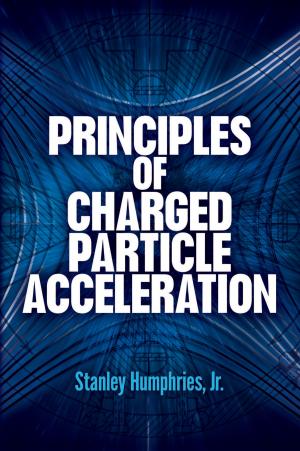The Quantum Mechanics of Many-Body Systems
Second Edition
Nonfiction, Science & Nature, Science, Physics, Quantum Theory| Author: | D.J. Thouless | ISBN: | 9780486782850 |
| Publisher: | Dover Publications | Publication: | December 3, 2013 |
| Imprint: | Dover Publications | Language: | English |
| Author: | D.J. Thouless |
| ISBN: | 9780486782850 |
| Publisher: | Dover Publications |
| Publication: | December 3, 2013 |
| Imprint: | Dover Publications |
| Language: | English |
Written by a co-winner of the 2016 Nobel Prize in physics, this monograph introduces advanced undergraduates and graduate students of physics to the "many-body" theory in theoretical physics. The treatment addresses problems and solutions related to nuclear and atomic physics, the electron theory of metals, and the theories of liquid helium three and four.
A unified account of the field rather than a description of parallel methods, the text's main thematic approaches include the self-consistent field and its generalizations, perturbation theory and the use of Feynman diagrams, and the use of Green functions to describe excitations of a many-body system. The primary emphasis is on the theories of atomic nuclei, the electron gas, superconductivity, and liquid helium three. A familiarity with the principles of nonrelativistic quantum mechanics and statistical mechanics is assumed, but a detailed knowledge of nuclear and solid state physics is unnecessary.
Written by a co-winner of the 2016 Nobel Prize in physics, this monograph introduces advanced undergraduates and graduate students of physics to the "many-body" theory in theoretical physics. The treatment addresses problems and solutions related to nuclear and atomic physics, the electron theory of metals, and the theories of liquid helium three and four.
A unified account of the field rather than a description of parallel methods, the text's main thematic approaches include the self-consistent field and its generalizations, perturbation theory and the use of Feynman diagrams, and the use of Green functions to describe excitations of a many-body system. The primary emphasis is on the theories of atomic nuclei, the electron gas, superconductivity, and liquid helium three. A familiarity with the principles of nonrelativistic quantum mechanics and statistical mechanics is assumed, but a detailed knowledge of nuclear and solid state physics is unnecessary.















